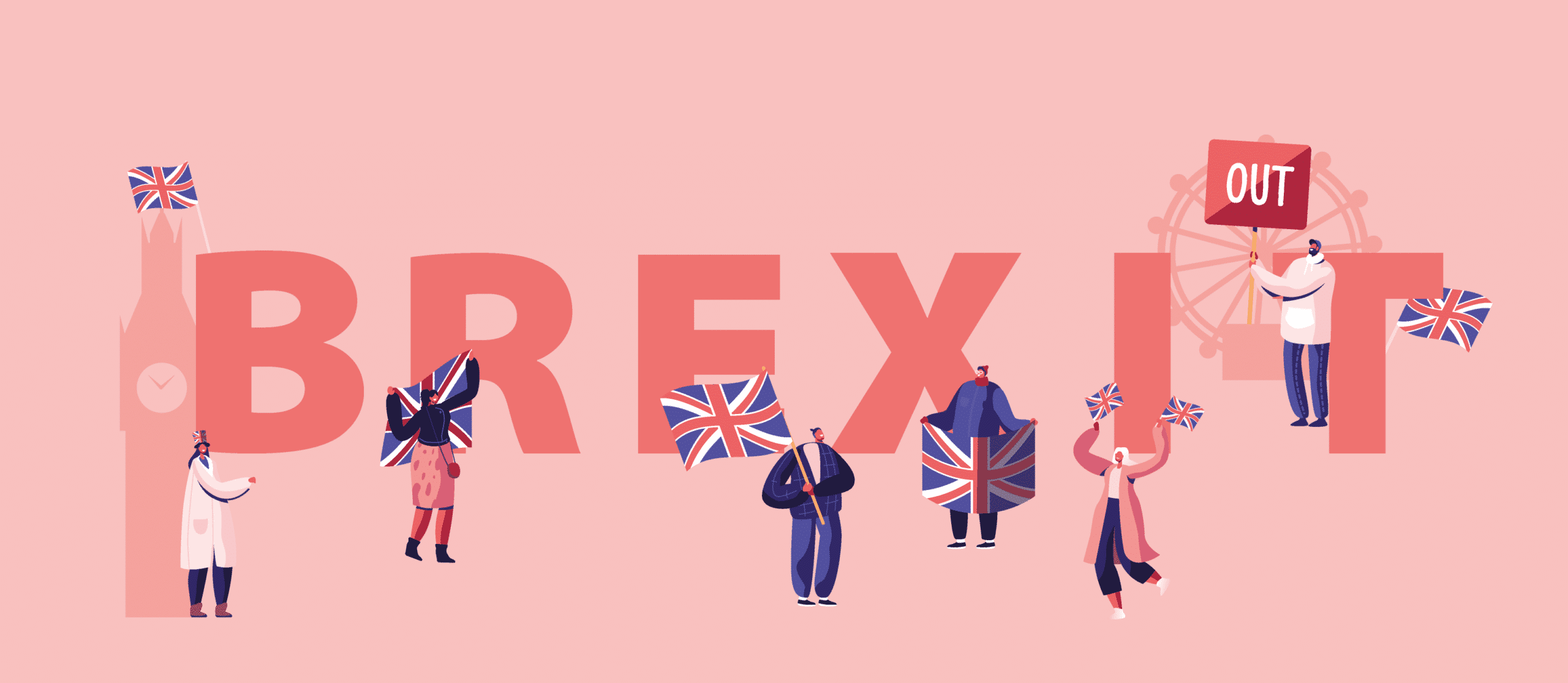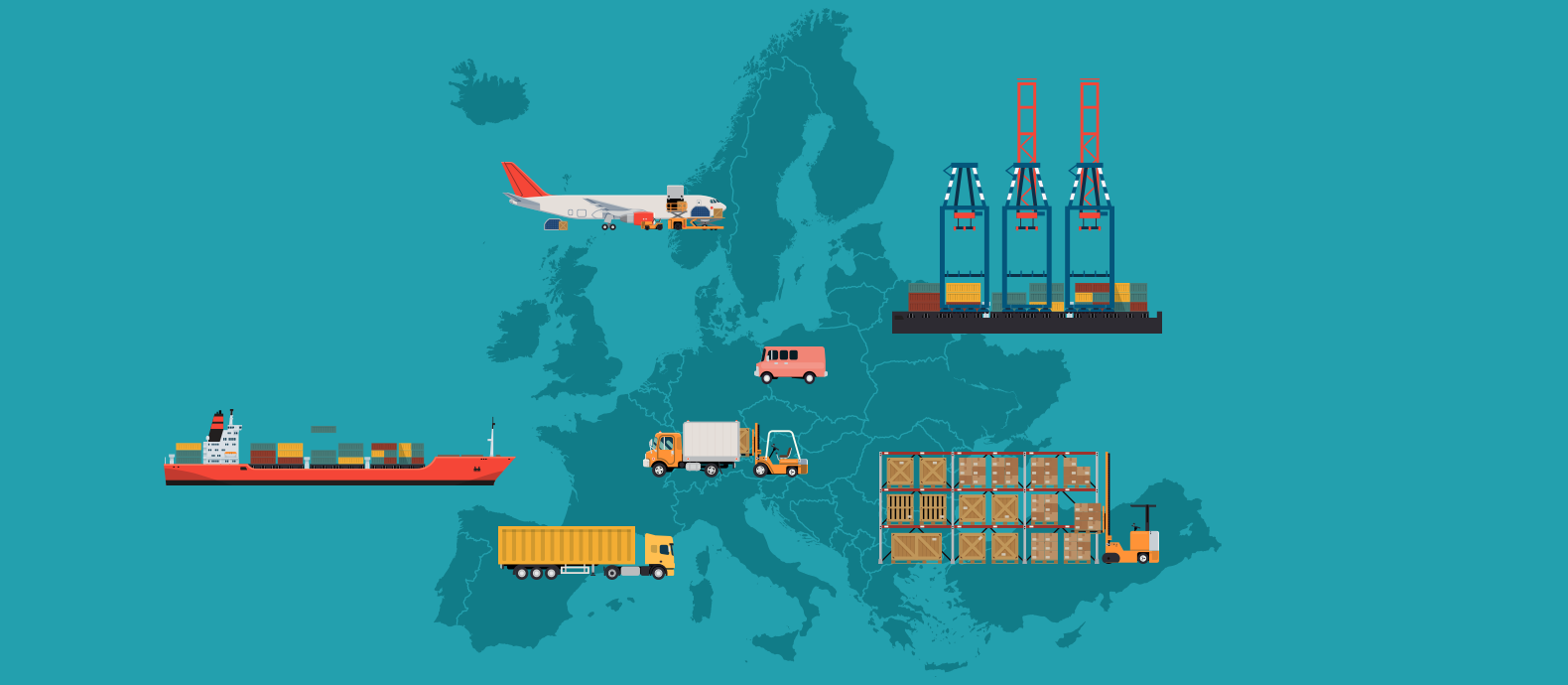Red Points examines The Madrid Protocol, a cost-effective single application system for obtaining trade mark protection in up to 122 countries.
Summary
- The Madrid protocol simplifies the registration of trademarks across 122 member countries.
- Using the system is far more efficient and cost-effective than independent applications.
- Applicants are advised to carry out searches of existing trademarks in the Protocol before filing their own.
Obtaining trademark protection in several countries by filing separate applications is both a complicated and expensive process, as the trademark laws may significantly differ from one country to another.
By filing a single application for international registration under the Madrid Protocol, on the other hand, a trademark owner can obtain trademark protection in up to 122 countries. Therefore, the Madrid Protocol provides a simple cost-effective solution to the problem of protecting trademarks in several countries.
This article provides an overview of the Madrid Protocol describing its key features, member countries, its significance, Madrid Protocol filing and designation, and Madrid Protocol Database and Trademark Search.
What is the Madrid Protocol?
The Madrid Protocol is an international treaty, administered by the International Bureau of the World Intellectual Property Organization (WIPO), that provides a cost-effective single application system for obtaining and maintaining trademark registrations in up to 122 member countries.
The Madrid Protocol can be used to obtain international registration for a trademark that has already been applied for or registered in the Applicant’s home country (also known as country of origin), so long as the country is also a member of the Madrid Protocol.
Moreover, once the trademark is granted in designated countries, a trademark owner only needs to file a single request with WIPO to renew the international registration when required, which would take effect in all designated member countries. Similarly, fulfilling other formalities such as recording assignments, licenses, securities, mergers and changes of name and/or address etc. only require a single request for each of them. This further simplifies maintaining and managing trademarks in several countries and results in considerable cost savings.
Madrid Protocol Countries
As of November 15, 2019, the Madrid Protocol has 106 members, which covers 122 countries that represent more than 80% of world trade. The members include three regions comprising several countries as provided below:
- European Union (EU) region comprises all member countries of the European Union with the exception of Belgium, Netherlands, Luxembourg and Malta, which is not a member of the Madrid Protocol. The member countries of the EU region can be designated separately in an international registration under the Madrid Protocol.
- Benelux comprises Belgium, Netherlands and Luxembourg. Belgium, Netherlands and Luxembourg are treated as one country and cannot be designated separately in an international registration under the Madrid Protocol.
- African Intellectual Property Organization (OAPI) comprises Benin, Burkina Faso, Cameroon, the Central African Republic, Chad, the Comoros, the Congo, Côte d’Ivoire, Equatorial Guinea, Gabon, Guinea, Guinea-Bissau, Mali, Mauritania, the Niger, Senegal, and Togo. Members of the OAPI cannot be designated separately in an international registration under the Madrid Protocol.
A list of all 106 members of the Madrid Protocol is provided below (listed in alphabetical order):
- Afghanistan
- African Intellectual Property Organization (OAPI)
- Albania
- Algeria
- Antigua and Barbuda
- Armenia
- Australia
- Austria
- Azerbaijan
- Bahrain
- Belarus
- Belgium
- Bhutan
- Bosnia and Herzegovina
- Botswana
- Brazil
- Brunei Darussalam
- Bulgaria
- Cambodia
- Canada
- China
- Colombia
- Croatia
- Cuba
- Cyprus
- Czech Republic
- Democratic People’s Republic of Korea
- Denmark
- Egypt
- Estonia
- Eswatini
- European Union
- Finland
- France
- Gambia
- Georgia
- Germany
- Ghana
- Greece
- Hungary
- Iceland
- India
- Indonesia
- Iran (Islamic Republic of).
- Ireland
- Israel
- Italy
- Japan
- Kazakhstan
- Kenya
- Kyrgyzstan
- Lao People’s Democratic Republic
- Latvia
- Lesotho
- Liberia
- Liechtenstein
- Lithuania
- Luxembourg
- Madagascar
- Malawi
- Malaysia
- Mexico
- Monaco
- Mongolia
- Montenegro
- Morocco
- Mozambique
- Namibia
- Netherlands
- New Zealand
- North Macedonia
- Norway
- Oman
- Philippines
- Poland
- Portugal
- Republic of Korea
- Republic of Moldova
- Romania
- Russian Federation
- Rwanda
- Samoa
- San Marino
- Sao Tome and Principe
- Serbia
- Sierra Leone
- Singapore
- Slovakia
- Slovenia
- Spain
- Sudan
- Sweden
- Switzerland
- Syrian Arab Republic
- Tajikistan
- Thailand
- Tunisia
- Turkey
- Turkmenistan
- Ukraine
- United Kingdom
- United States of America
- Uzbekistan
- Viet Nam
- Zambia
- Zimbabwe
WIPO updates the list of Madrid Protocol countries as more countries continue to join, a list of current Madrid Protocol members can be found on the WIPO website.
Madrid Protocol Filing
Under the Madrid Protocol, applications for international registrations must be filed with the Applicant’s home country’s trademark office and must indicate the prior filed home country application or registration upon which the international application is based. For example, to register American trademarks, the Applicant should register first in the United States, then the process may continue for other nations through the Madrid Protocols. The application can be filed in either English, French or Spanish.
When filing the international application, the Applicant is required to designate at least one member country of the Madrid Protocol other than the home country. The home trademark office confirms the details of the Applicant’s home application or registration and then forwards the application to WIPO. WIPO checks that the basic filing requirements have been fulfilled, and if so, enters the mark in the international register granting international registration.
However, it is important to note that grant of international registration in itself does not provide trademark protection in the designated countries/regions. The scope of protection of the trademark will be evaluated by the designated National IP Offices.
After the mark has been entered on the international register, WIPO then sends copies of the international application to the trademark offices in the designated countries for examination and registration of the mark.
The designated member countries have a period of 12 or 18 months (which is extendable if the trademark is opposed by a third party during examination) to either grant the trademark issuing a Statement of Grant of Protection or reject the application.
Depending on the country, grounds for rejecting the trademark application include 1) conflicts with existing rights of a third party, 2) lack of distinctiveness of the mark, 3) mark is descriptive or generic, and 4) mark is likely to cause confusion. The Applicant can respond to the opposition or rejection of the trademark application in a designated member country according to the trademark laws of the country.
Madrid Protocol Designations
The Applicant is required to designate at least one member country of the Madrid Protocol other than the home country when filing the international application. The Applicant may choose to designate as many member countries as they like at the time of filing or after the international registration is granted. Additional designations at later times are also allowed.
Additionally, if a new country joins the Madrid Protocol, the Applicant can apply to have its trademark protection extended to the new country using a subsequent designation.
Why is the Madrid Protocol Significant?
The Madrid Protocol provides a cost-effective and efficient system for obtaining and maintaining trademark protection in up to 122 countries.
Filing separate trademark applications in the trademark offices of various countries according to their divergent trademark laws and paying a separate fee for each filing is a very cumbersome and expensive process. Under the Madrid Protocol, an Applicant only needs to file one international trademark application with their home trademark office based on a prior trademark application or grant, and just pay one fee to obtain international trademark protection in several countries.
An added advantage of having a single application system is that there is a single renewal date once the trademark is granted in the designated countries, which is ten years from the filing of the international application. This single renewal fee can be paid by filing a single request with WIPO to renew the international registration.
Under the Madrid Protocol, other formalities such as recording assignments, licenses etc. also require a single request to be filed with WIPO for each of them. Therefore, the Madrid Protocol provides a streamlined cost-effective system for trademark prosecution and maintenance in up to 122 countries.
Madrid Protocol Database and Madrid Protocol Trademark Search
Before filing an international trademark application, Applicants should, at the very least, perform a search on Madrid Monitor, which runs a search on trademarks registered through the Madrid Protocol, for marks similar or identical to their marks that are already registered in the countries Applicants plan to designate on the international application.
WIPO Global Brand Database, which runs a search on an extensive database of trademark registrations from 55 national and international collections including the trademarks registered through the Madrid Protocol, is also another excellent resource to find similar or identical marks.
By carrying out this search, Applicants can gauge the ease or difficulty of registering their trademarks in the countries they plan to designate on the international application and modify their prosecution strategy accordingly. Applicants have also the option to contact IP agencies and legal experts to help them fill correctly their trademark registration







